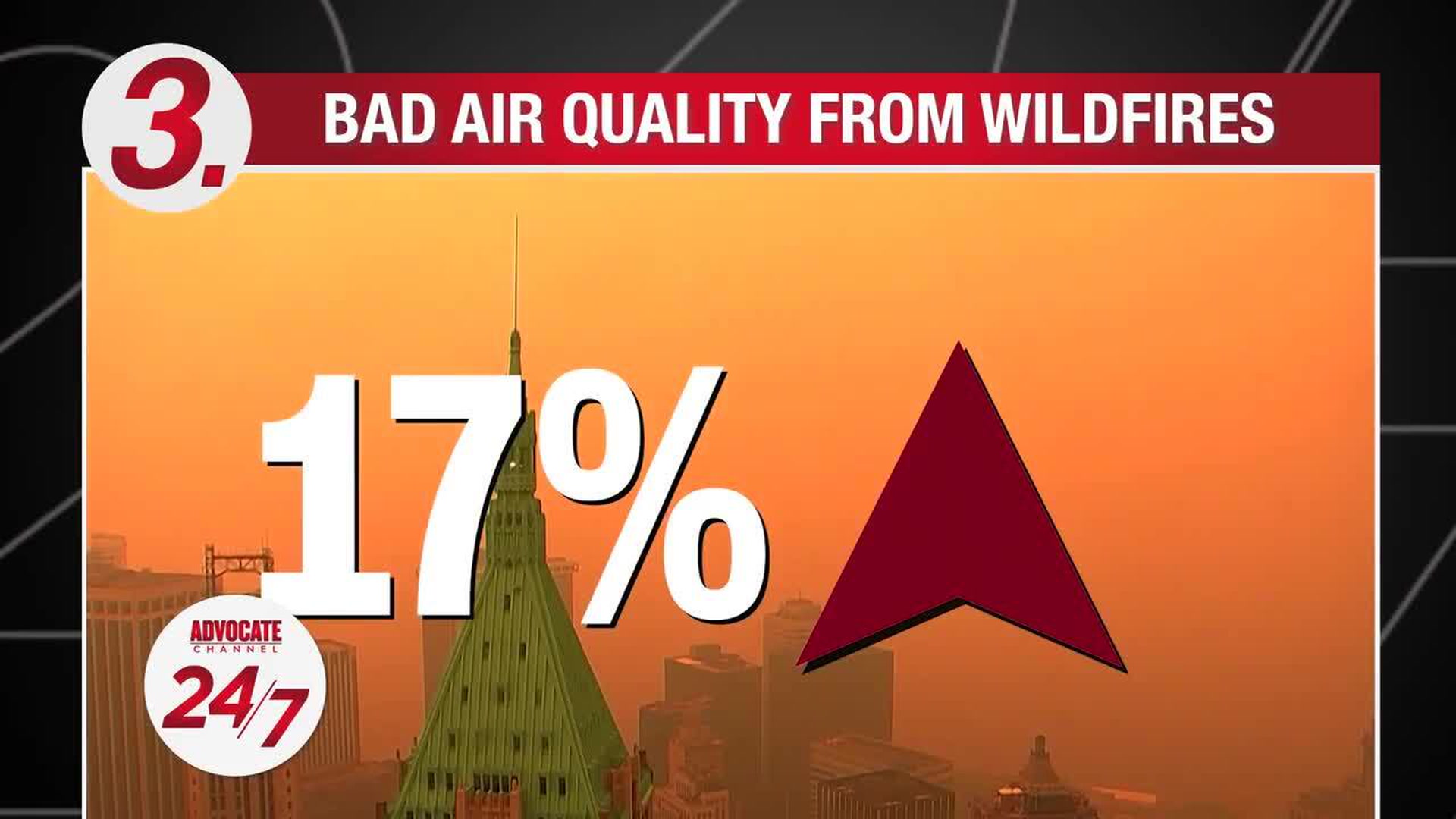Climate change-driven disasters have caused damages that are equivalent to $391 million every day for 20 years, according to a study published in the journal Nature Communications.
Climate disasters such as drought and heatwaves have caused about $143 billion of damage annually between 2000 and 2019, researchers determined. 63 percent ($90 billion) of those damages are attributed to loss of human lives, and the remainder is primarily attributed to property damage.
Researchers noted that the projections do not capture indirect impacts that “may be significant.” They cited the impacts of air pollution in the northeastern U.S. from Canada’s 2023 wildfires as an example, although the fires did occur outside the research’s date range.
Wildfires and Air Quality

Their methodology cannot “account for these indirect losses, even though these could conceivably be orders of magnitude larger than the original damage wrought by these events (and were likely much larger in this specific case),” researchers wrote.
The highest costs from climate change, on a year-by-year basis, were in 2008 when researchers put total damages at $620 billion. Other notable years where high points occurred were in 2003 and 2010.
Researchers noted that these peaks were driven by particularly high-casualty climate events in those years. Tropical Cyclone Nargis in Myanmar in 2008, which killed an estimated 84,537 people, while in 2003, a European heatwave caused an estimated 70,000 deaths.
However, if the loss of life is removed from the equation, it changes the years when damages peaked. By property damage, the peaks occurred in 2005 when Hurricanes Katrina, Rita, and Wilma did $123 billion in financial damages, as well as 2017 when Hurricanes Harvey, Irma, and Maria did $139 billion in damages.
All of these storms hit the United States, which suggest that although the U.S. has suffered some of the most expensive climate disasters, the deadliest occurred elsewhere.
For the research, the date range ends before 2023, which saw the hottest summer ever recorded. In recent years there has also been further heatwaves in Europe as well as similar extreme heat in the Pacific Northwest, both of which are not acclimated to such temperatures, meaning that numerous residents do not have air conditioning.


















































